How to hammer a nail into a concrete wall
It would seem that the science of hammering nails is simple: mark the desired place, put the tip to the mark and hit the head several times with a hammer. Voila? May be. But only on condition that the fasteners were driven into a pliable material - like wood, for example.
But in the case of concrete, such tactics, at best, will only serve as a reason for ridicule and damage to consumables. At worst, it can lead to unpleasant injuries in the form of broken fingers. Three main methods of driving nails into a concrete wall will help you avoid this outcome.
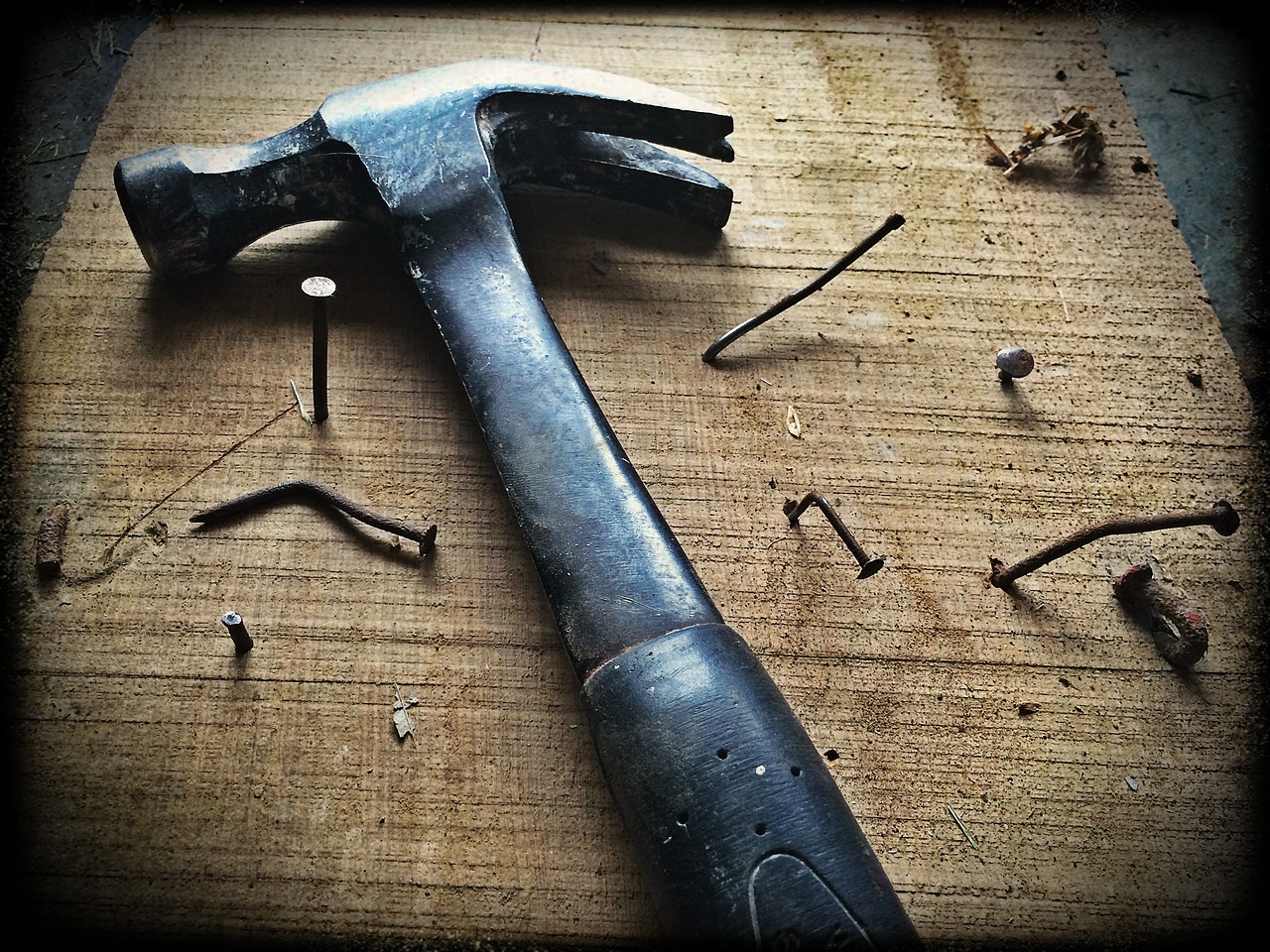
The content of the article
How to drive a simple nail
Concrete and brick are both strong and fragile materials. Trying to drive fasteners into such a base using just a hammer, many people get only two results: the nails bend and don’t want to go into the wall, or they do go in, but they stay there frankly poorly.
Important! In the case of a brick wall, searching for the boundaries of the masonry does not make sense - driving a nail into the mortar between the blocks can only result in a very unreliable fastening.
But all this can be avoided if you get a drill with a Pobedit drill bit, a piece of wood, a knife, a hacksaw and a hammer. First, you should arm yourself with a drill and drill a hole of the required depth in the intended location. Then you should make a wooden chopper, the diameter of which will correspond to the diameter of the hole, but its length should be slightly greater than the length of the fastener (or the depth of the hole).
The next step is to drive the chop all the way in, after which its protruding part should be carefully sawed off flush with the wall. And when this mission is completed, it’s the turn of the nail. Having directed its tip so that it is in the center of the chop, take a hammer in your free hand and use it to drive the fastener to the required depth.
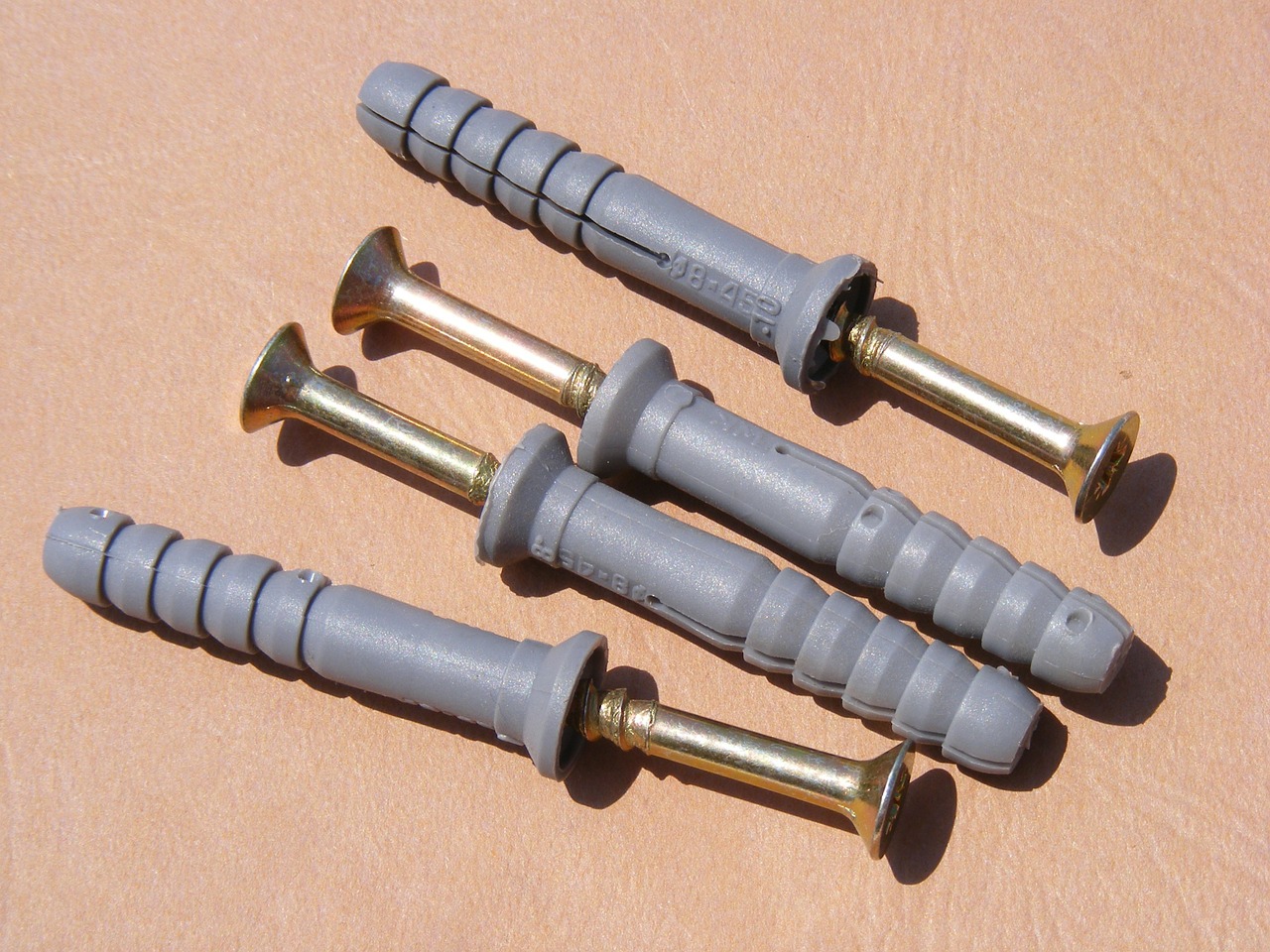
How to hammer a dowel nail
In this case, the procedure is somewhat simpler, since the role of the chopper is played by a dowel, which can be made of plastic or metal. This means that you will only need to drill a hole of the required diameter and the appropriate depth, drive a dowel into it, and then screw the metal screw from the kit into it.
The advantages of using such consumables lie not only in ease of installation. Equally important is the reliability of the fasteners, which is ensured by the special design of the dowel itself - some of the options aimed at long-term operation are quite difficult to even deliberately dismantle, let alone accidentally pull out.
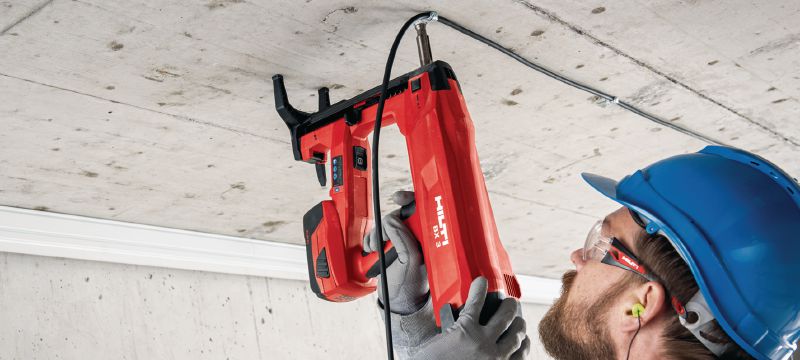
Is it possible to hammer a nail without drilling into the wall?
There is such an option. True, to implement it you will need special nails for concrete (their shape vaguely resembles the shape of a bullet) and a nailing gun.
The procedure in this case is incredibly simplified: you just need to aim at the intended place with a loaded pistol and press the trigger. That is why teams of professional builders acquire this tool. Well, for those who need to hammer in just one nail to hang a picture or a clock, it is recommended to choose one of the first two options.
Or you can score with the Forehead, just so that the Forehead is Stone!!!!
Well, very smart author! After all, not everyone can guess how to hammer a nail, but he figured it out!
What a smart author, wow, no one thought of it, but he came up with this method of driving nails in!
In our apartment, everything is nailed and screwed onto wooden caps. Everything has been going strong for 30 years. And in a private house, half of them are on chopiki.




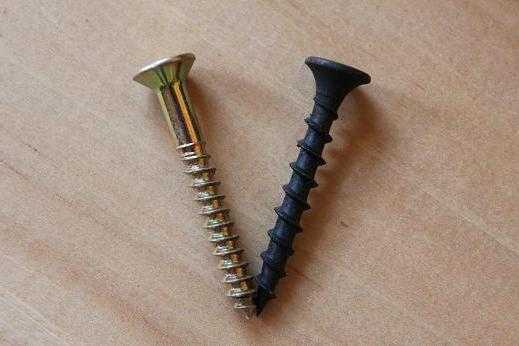
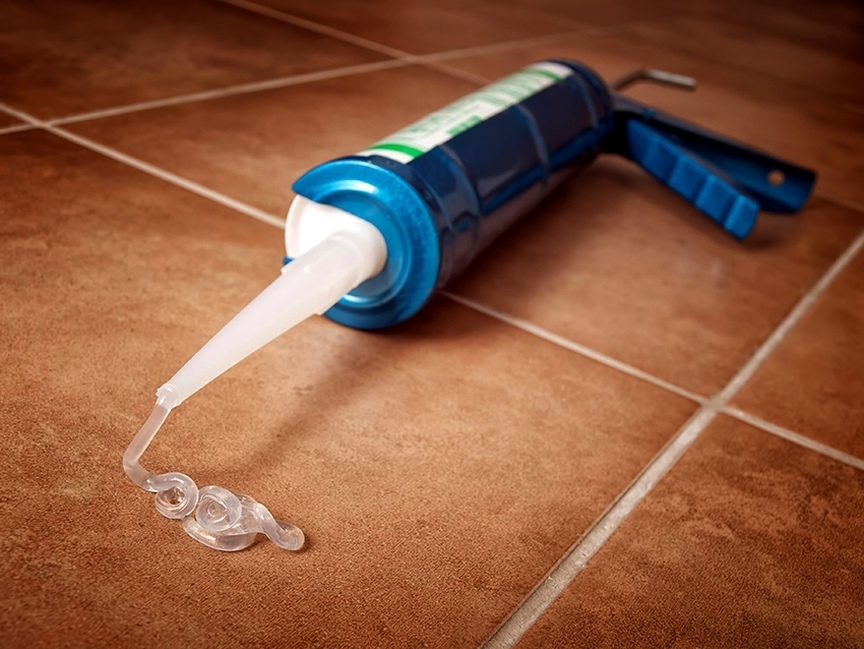
A nail can be driven into a concrete wall with an ordinary hammer. I do it. True, the hammer should be heavy with a short handle and the dowels should be short. It also depends on the frequency and force of the hammer hitting the nail. Hammer blows should be short and strong enough